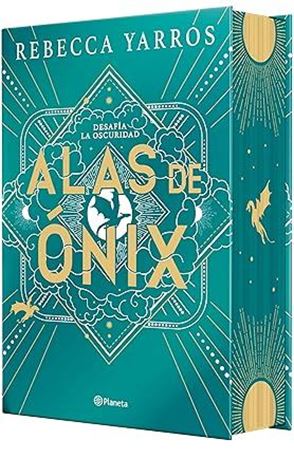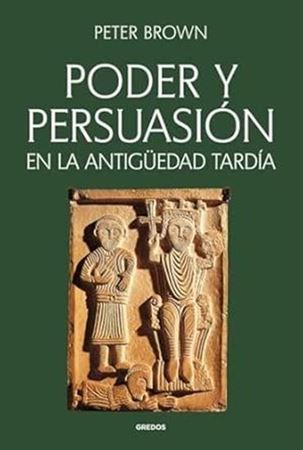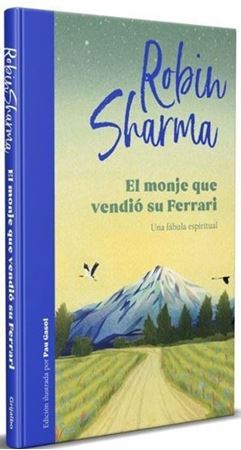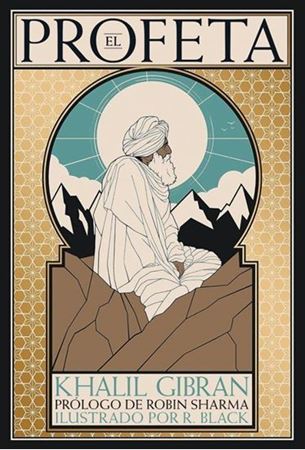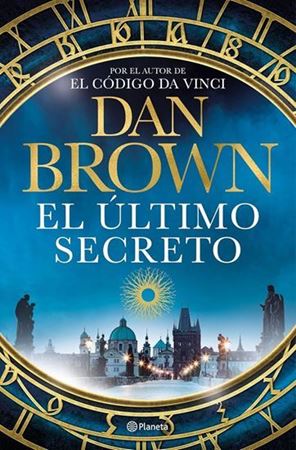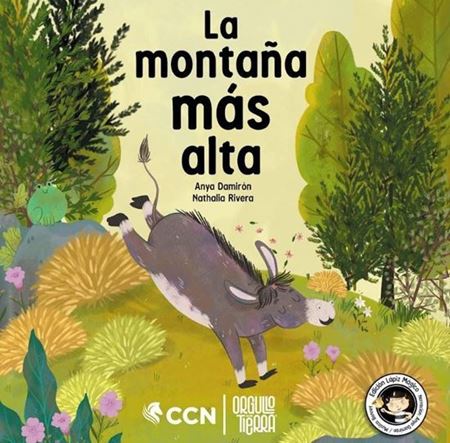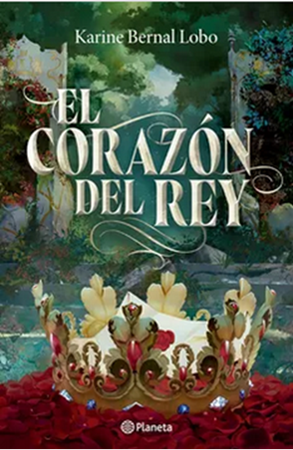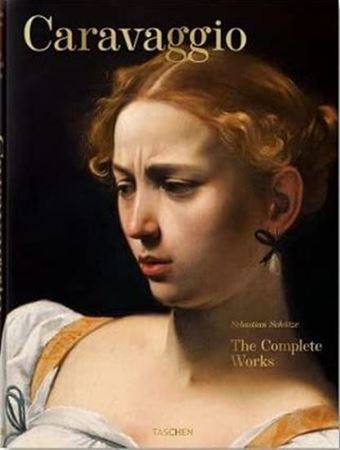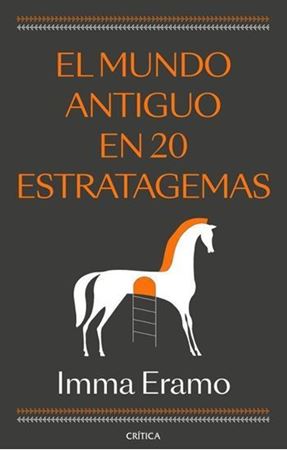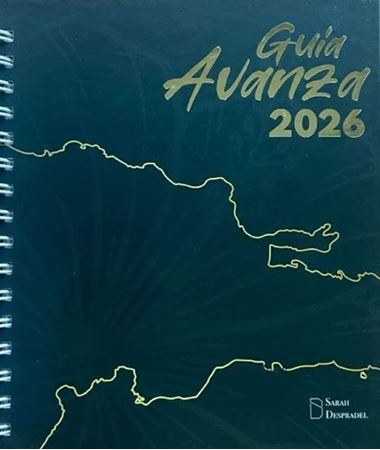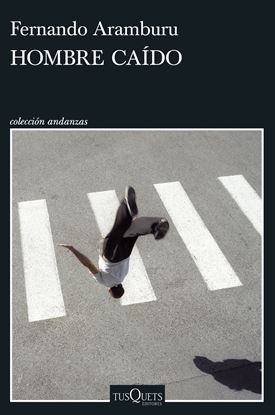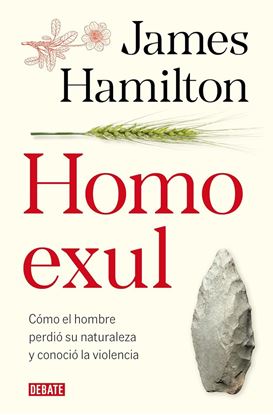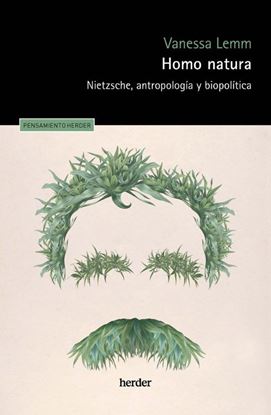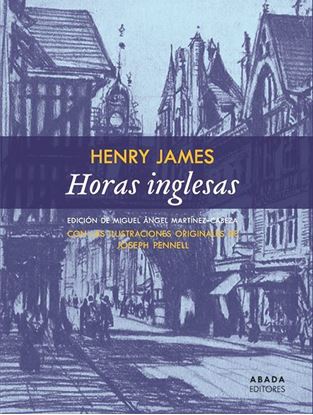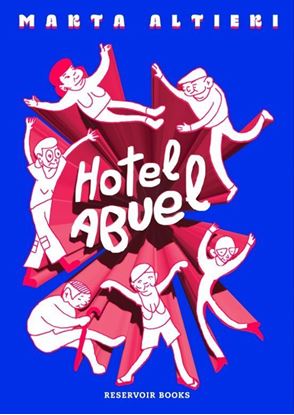

NOVEDADES
HOMBRE CAIDO
Una mujer que deja de cuidar a sus padres enfermos para fotografiar ardillas en el parque, un joven que asegura a su hermano que le ha vengado de la paliza que le dieron, un padre que sale a comprar un gran peluche de segunda mano y se encuentra con una historia inesperada, un hombre caído al que no pueden ayudar los transeúntes... Los cuentos del nuevo libro de Aramburu van de la emoción al terror, del absurdo a la sorpresa y el humor, de la angustia a la más inquietante normalidad, y todas son inolvidables. El nuevo libro de Fernando Aramburu es una lúcida inmersión en la naturaleza humana: desde la soledad de quienes no son comprendidos hasta el comportamiento con nuestros vecinos caídos en desgracia, desde las interioridades de las parejas a rivalidades de por vida, las envidas o los sentimientos más inconfesables.
1,450
HOMO EXUL. COMO EL HOMBRE PERDIO SU NATU
«¿Por qué fui abusado?». En busca de las respuestas a esa pregunta, el cirujano digestivo chileno James Hamilton, quien obligó a modificar las políticas pontificias en la prevención de abusos y logró que los abusos a menores y adolescentes no prescribieran en su país, se embarcó en una profunda investigación para entender el origen de la violencia y el mal en el ser humano.
Homo Exul indaga en la pregunta de por qué, en un momento preciso de la historia, los homínidos dejaron de cooperar y comenzaron a mostrar conductas violentas. Defiende, además, que la mayoría de dolencias y enfermedades crónicas que hoy nos afectan (desde la obesidad hasta el alzhéimer) son consecuencia de ese mismo proceso evolutivo que, por fuerza, conllevó importantes cambios sociales y alimenticios en adultos, niños y lactantes.
Lanza, además, una importante pregunta: ¿estamos a tiempo de revertir estas marcas evolutivas y convertirnos de nuevo en una sociedad cooperativa?
1,650
HOMO NATURA
«Homo Natura» ofrece, sin duda, la mejor comprensión hasta la fecha de la relación de Nietzsche con la antropología filosófica. En este libro, Vanessa Lemm se adentra en la enigmática, y a menudo incomprendida, exhortación de Nietzsche a “volver a situar al ser humano entre los animales”.
1,700
HORAS INGLESAS
Horas inglesas reúne doce ensayos –once de ellos inéditos en español– que Henry James dedicó a sus viajes por Inglaterra y a su experiencia vital en Londres. Los textos abarcan casi tres décadas, de modo que pueden leerse como un periplo íntimo desde la frescura y el asombro del joven escritor (recién llegado al viejo mundo) hasta su madurez artística, ya consolidado como figura literaria y afincado en un pueblecito de Sussex. Los capítulos tratan de temas di- versos: la variopinta vida de Londres (la “turbia Babilonia moderna”), con paseos por los “paisajes urbanos más románticos del mundo”; el divertido espectáculo del Derby de Epsom; los alborotados actos de fin de curso en Oxford; o las excursiones a las ciudades catedralicias de Wells y Salisbury..., entre otros. James aplica su maestría retórica y filtro literario a unas observaciones que presenta con un potencial evocador y una abstracción reflexiva que trascienden la experiencia in- mediata. Por eso es posible releer y apreciar estos escritos siglo y medio después de su aparición. El amante de Henry James puede seguir sus pasos por distintos paseos y visitas, y, gracias al gusto inglés por la conservación de todo lo histórico, hasta le será posible alojarse en hoteles donde se hospedó el propio escritor, identificados en la Introducción.
1,250
HOTARU. EL SECRETO DE LAS LUCIERNAGAS
Seiya Hayashi es un reconocido neumólogo que padece una extraña enfermedad respiratoria de la que no se conoce cura y que acabó con la vida de su padre cuando era niño. Por prescripción médica, regresa al pueblo en el que nació y, con la ayuda de su madre, monta una clínica de medicina de familia.
Adaptándose poco a poco a su nueva rutina, Seiya reconectará con personas de su juventud, conocerá a los nuevos habitantes, recuperará recuerdos perdidos y volverá a encontrarse con su primer amor, Hotaru, de la que no ha sabido nada desde que se marchó repentinamente del pueblo sin despedirse. ¿Podrá esta nueva vida sanar a Seiya y ayudarle a resolver las incógnitas de su pasado?
1,550
HOTEL ABUEL
Hay un centro para mayores llamado Hotel Abuel. Lo frecuentan seis abuels que se juntan para pasar el rato, repiten frases e historias todo el tiempo y no se acuerdan de lo que comieron el día anterior (un kebab, por ejemplo). A pesar de tener más de sesenta y cinco años, adoptan costumbres millennials y Gen Z: hacen streams, se montan películas en su cabeza, tienen su punto gamer, adoran el chisme y, sobre todo, a pesar de su irrefrenable melancolía, desean gustar a los demás.
1,350

